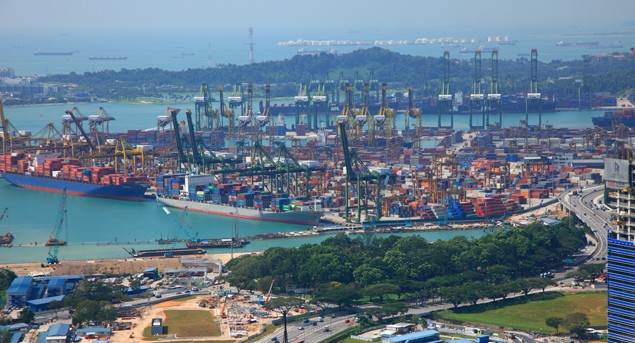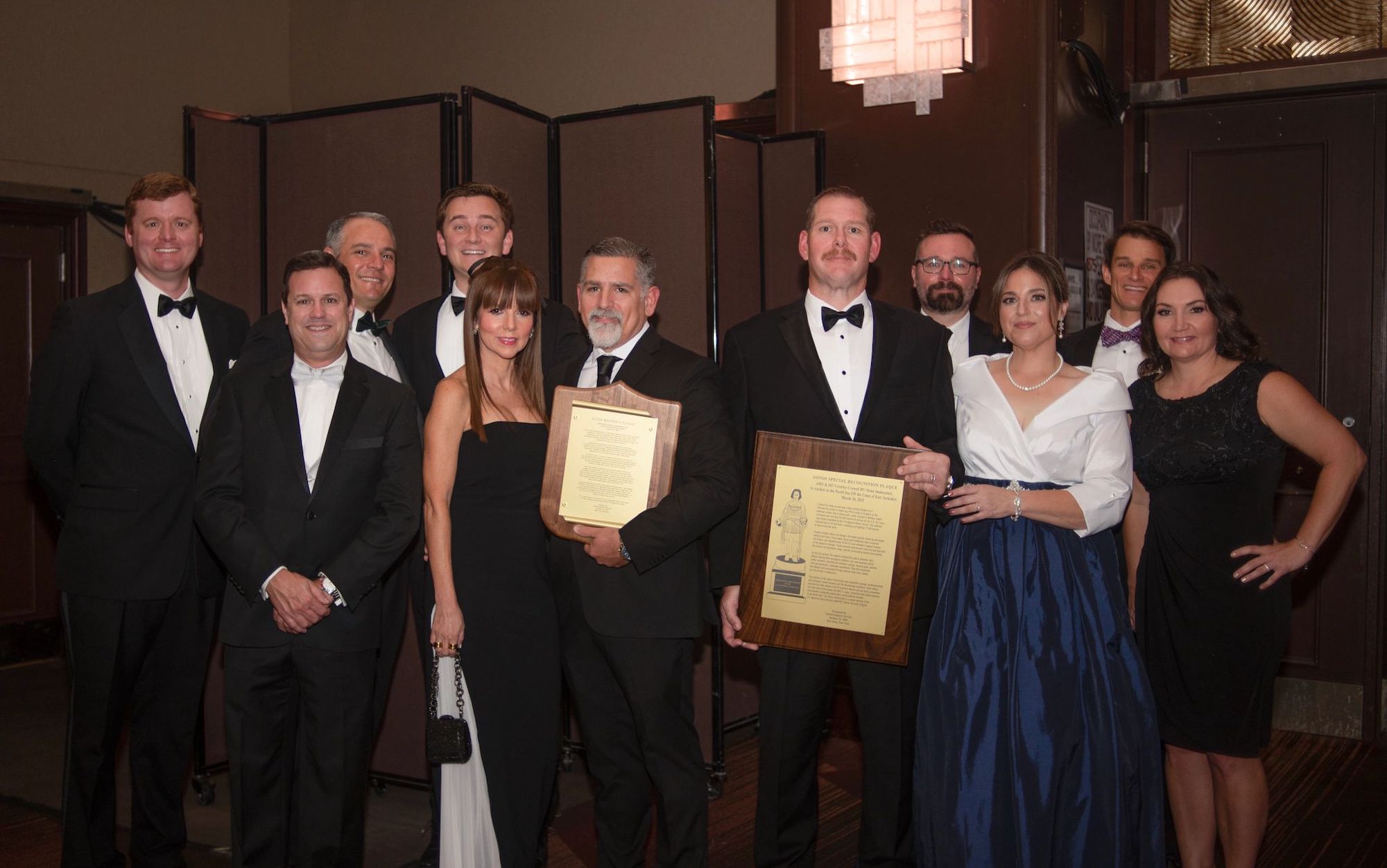 SINGAPORE, March 25 (Reuters) – Demand for low sulphur bunker fuel in Singapore is expected to rise at least 20 percent this year, following tighter emission regulations in North America, a survey done with six bunker players showed.
SINGAPORE, March 25 (Reuters) – Demand for low sulphur bunker fuel in Singapore is expected to rise at least 20 percent this year, following tighter emission regulations in North America, a survey done with six bunker players showed.
Singapore is the world’s largest bunkering port by volume and a major transit port for vessels plying the route between Asia and the United States.
Low sulphur bunker fuel demand in Singapore could reach 60,000 tonnes a month this year, up from 45,000-50,000 tonnes per month last year, the survey participants said, attributing the rise to the latest emission control area (ECA) in North America that came into effect last August.
Demand for low sulphur bunker fuel, however, did not rise immediately after August as “additional suppliers didn’t enter the market until towards the end of last year”, a Singapore-based bunker trader said.
Under regulations by United Nations shipping agency, International Maritime Organization (IMO), ships travelling to ECAs are required to burn fuel with a maximum of 1 percent sulphur content, down from the previous 3.5 percent limit.
Other two ECAs are the North Sea and Baltic Sea.
In response to growing interests in low sulphur bunker fuel, the Maritime and Port Authority of Singapore has started keeping track of low sulphur bunker sales separately since January this year, unlike an earlier practice of publishing total sales.
Before August last year, Brazilian energy firm Petrobras was the only supplier of low sulphur bunker fuel in Singapore, but now more oil firms such as BP, Shell and Total have added low sulphur bunker fuel to their portfolio.
But several industry players are unsure demand for low sulphur bunker would continue to increase in coming years.
“It depends how many vessels opt for distillates, or take up LNG when the next cuts happen,” a second bunker trader said.
Sulphur limits in ECAs will be reduced to 0.1 percent in 2015, while IMO wants to slash global sulphur cap to 0.5 percent by 2020, with a possible extension to 2025 subject to a review in 2018.
(c) 2013 Thomson Reuters, Click For Restrictions

 Join The Club
Join The Club











